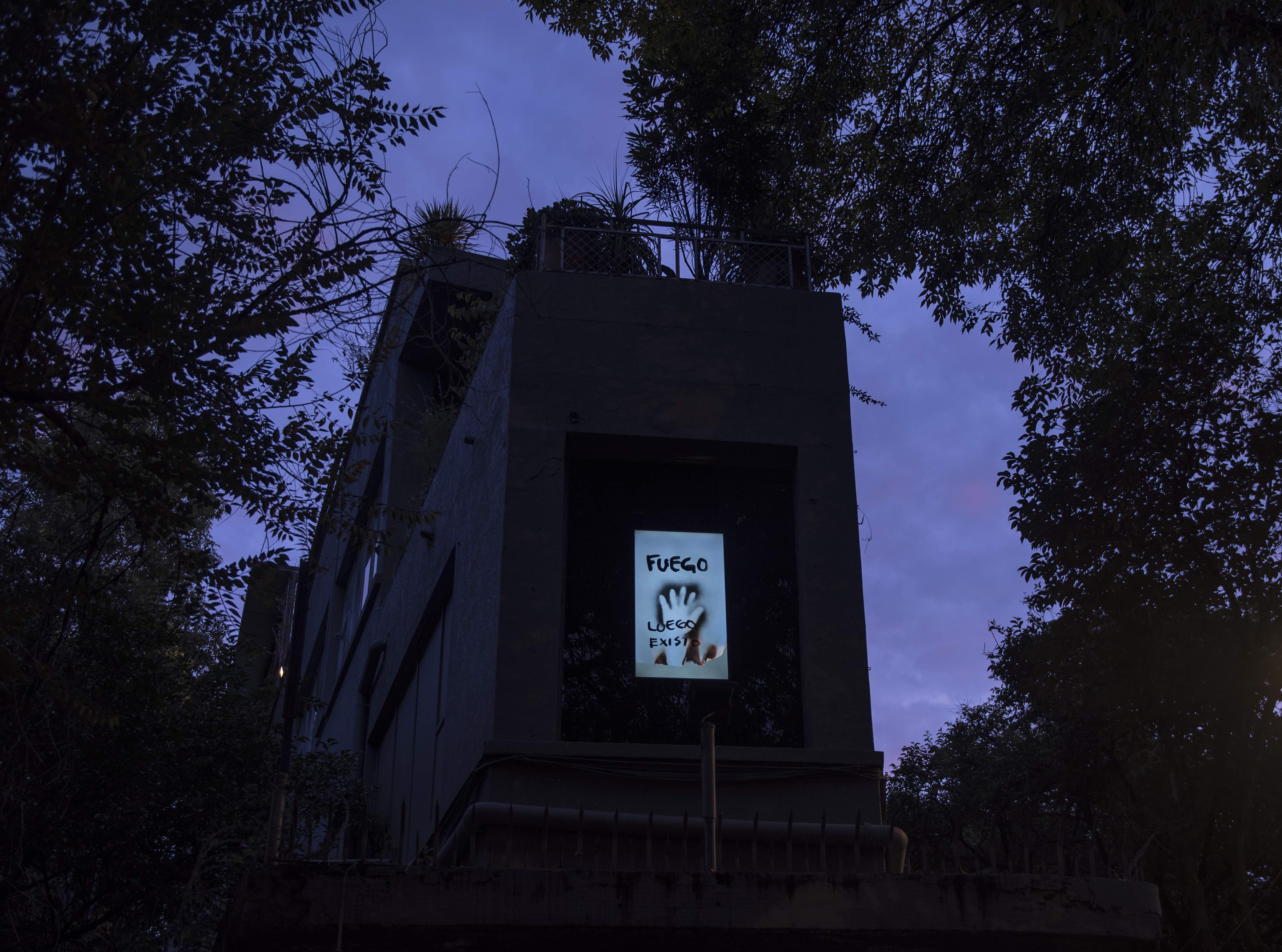
Article
El Festival del Silencio: Hawaladar at the Corner of Cozumel and Avenida Sonora
by Alonso Cedillo
The Curator Offers the Details of the Apparatus/Aparador
Reading time
8 min
Early in March 2020, at the invitation of Aldo Chaparro and Alex Romero together with Oficina de Luz*1, I took a screen installed at Aparador Cuchilla*2 with the aim of exhibiting a cycle of artworks made using new media, under the title Festival del Silencio*3 (“Festival of Silence”). Visible only from the street, this display has since allowed members of the public to coexist safely, with works whose only requirement is that they be presented on a vertically installed TV. That these screens recall mobile devices is not gratuitous, but rather responds to one of living beings’ most important characteristics: adaptability.
More than just an answer to that unknown of how to relate to art during a health emergency, for me the key question in our historical context is how to create new models from that emergency, ones that are capable of prevailing and of being efficient after its disappearance. I think that the solution is that these models allow artists to build ideas in conjunction with the public, since collective work is art’s best possibility for creating transformations. With this sense in mind, we decided to make use of public space, drawing from the street and the internet. Everything on the internet has its origins in physical space; it additionally exists thanks to servers and cables that cross oceans and the earth. More than a duality, both spaces constitute a unit.
Information technologies are defining the world’s future direction. In fact, the use of artificial intelligence (AI)*4 and the mobile internet have been key in the fight for the COVID-19 vaccine, as well as in the virus’s treatment and control. This ranges from medical advances and outbreak control, on the one hand, to the case of BlueDot*5, a Canadian startup that detected the outbreak in Wuhan on December 30, 2019 thanks to its AI system. In this context, it seems fundamental to me, working in a post-internet field, to understand and to define new ways of creating and communicating through works of art.
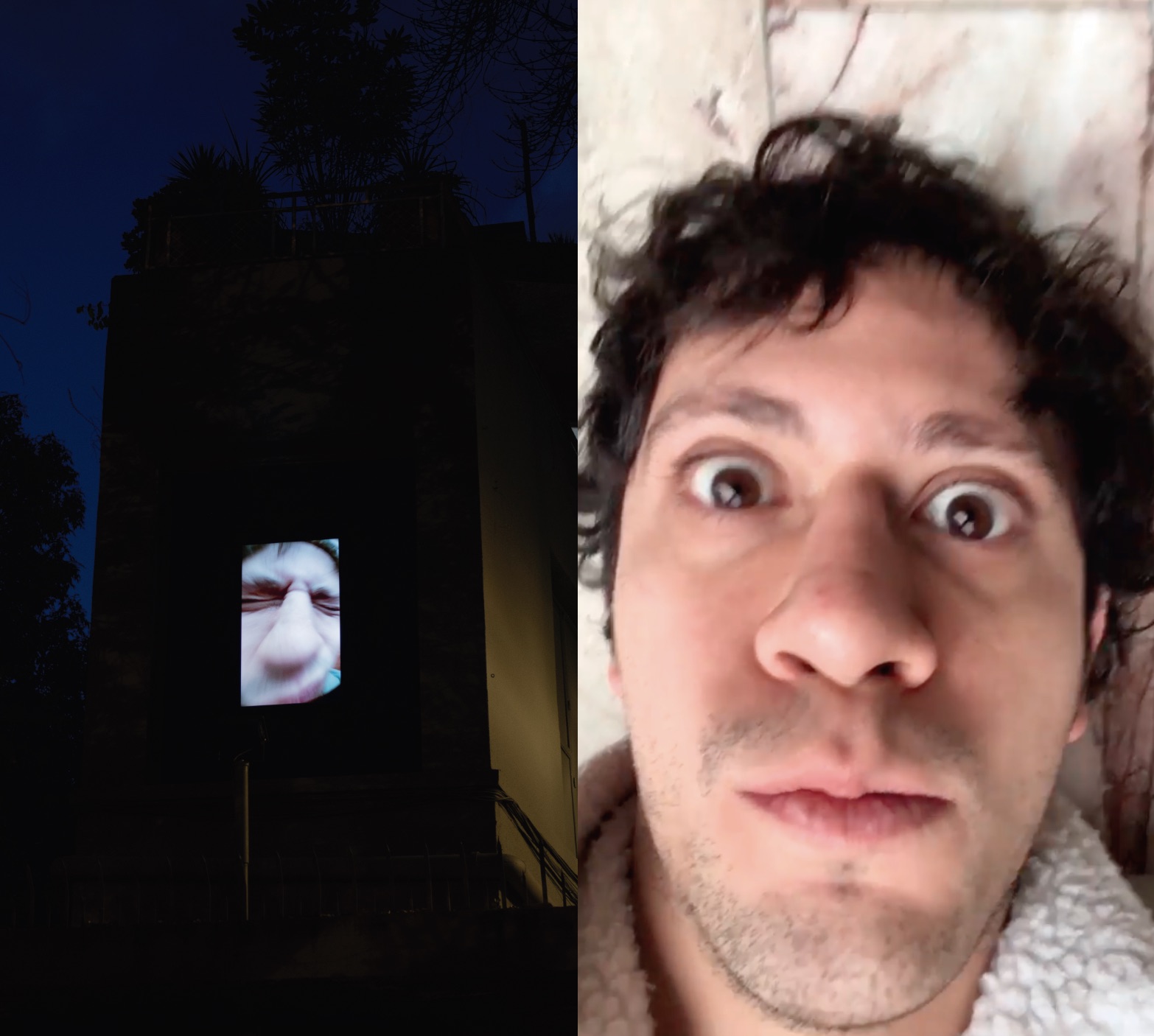
We found it necessary to create, more than something sensible, an exhibition that would present different ways of experiencing oneself. You can see the festival on foot and from the street or from your car. If you don’t want to leave your house, you can visit it on Instagram or YouTube. You don’t even have to come to Mexico City, or have previously known about it, in order to coexist with the works and artists. Thus, the exhibition is a kind of hawaladar*6, which physically brings together the work of 25 artists from 12 different countries, making it available to all without geographical limitations. The works are displaced without requiring one to move through physical space, thus needing nothing more than electricity, Wi-Fi, a computer, and a TV.
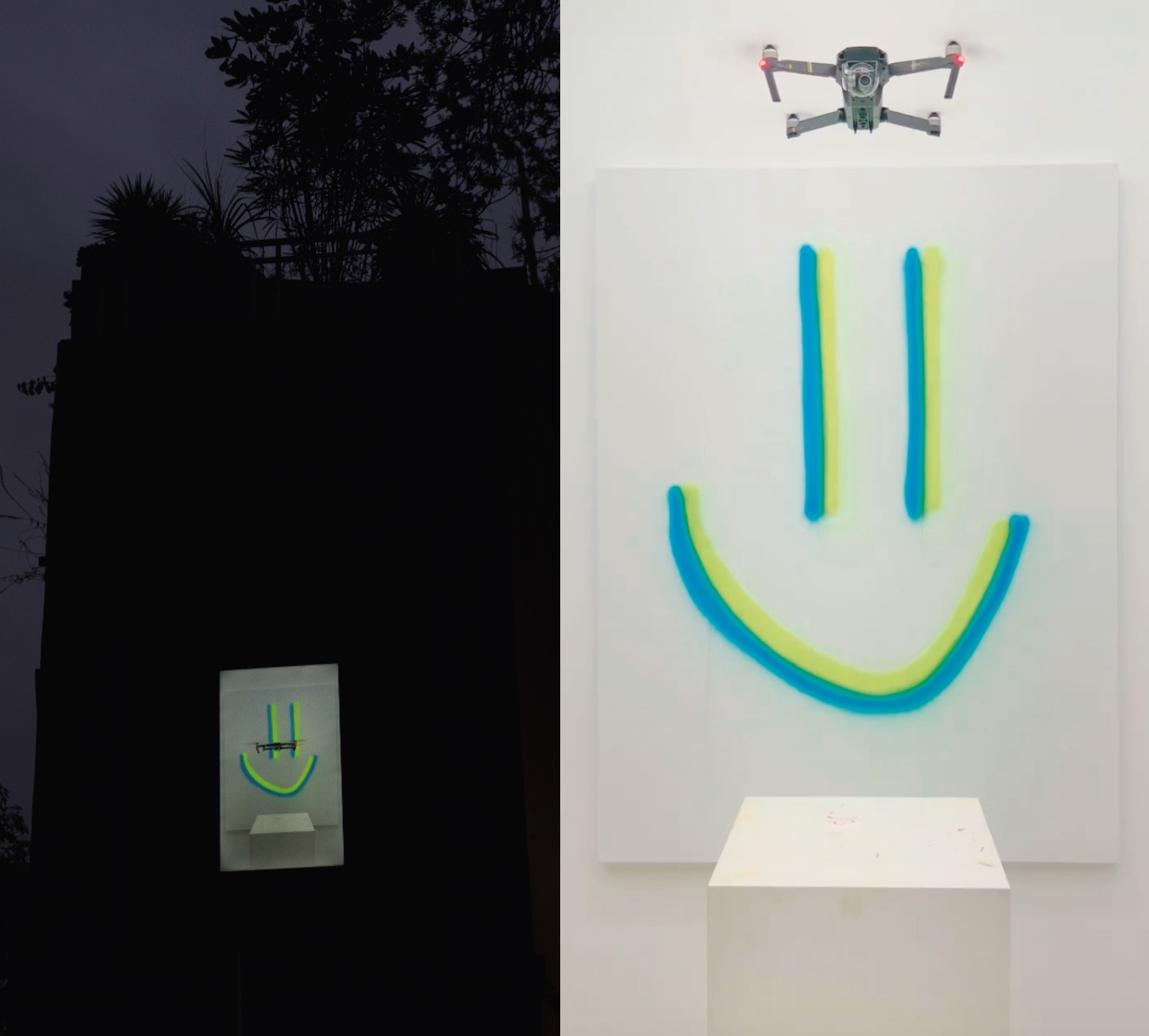
The Festival del Silencio is the result of several relationships that have sprung up since 2012, during the creation of dr^k magazine, as well as from my digital collaborations with Fran Ilich and, of course, many others that have arisen afterwards. The constant in nearly all these relationships is that all of us involved in them first met through the internet. In some cases, even after several collaborations, we have never met in person. I think that this speaks volumes about the future that awaits us.
This same concern is what my project, Nimda Foundation*7, seeks to address. One branch of Nimda consists of an alternate reality game that uses fiction to create theory and to reflect on how the internet and information technologies are changing our world day by day. In a scenario in which it is believed that 80% of the jobs that have been lost from the beginning of the COVID-19 health emergency will never be recovered, and that in a period of 5 to 10 years more than half of the jobs that exist will be replaced by artificial intelligence, this project invites us to question how we will relate to one another, communicate, move, and adapt in the twentieth century. In what direction are we going?
Both the festival and the digital exhibition have been made possible through and thanks to the internet. Our reality takes place in part online and in part offline, so it is impossible to separate it into two worlds. If we want to communicate more efficiently, we as artists must take advantage of the way in which information crosses the earth. It’s not a question of simulation. Despite the fact that fiction is recurred to at times, the goal is to make reality.
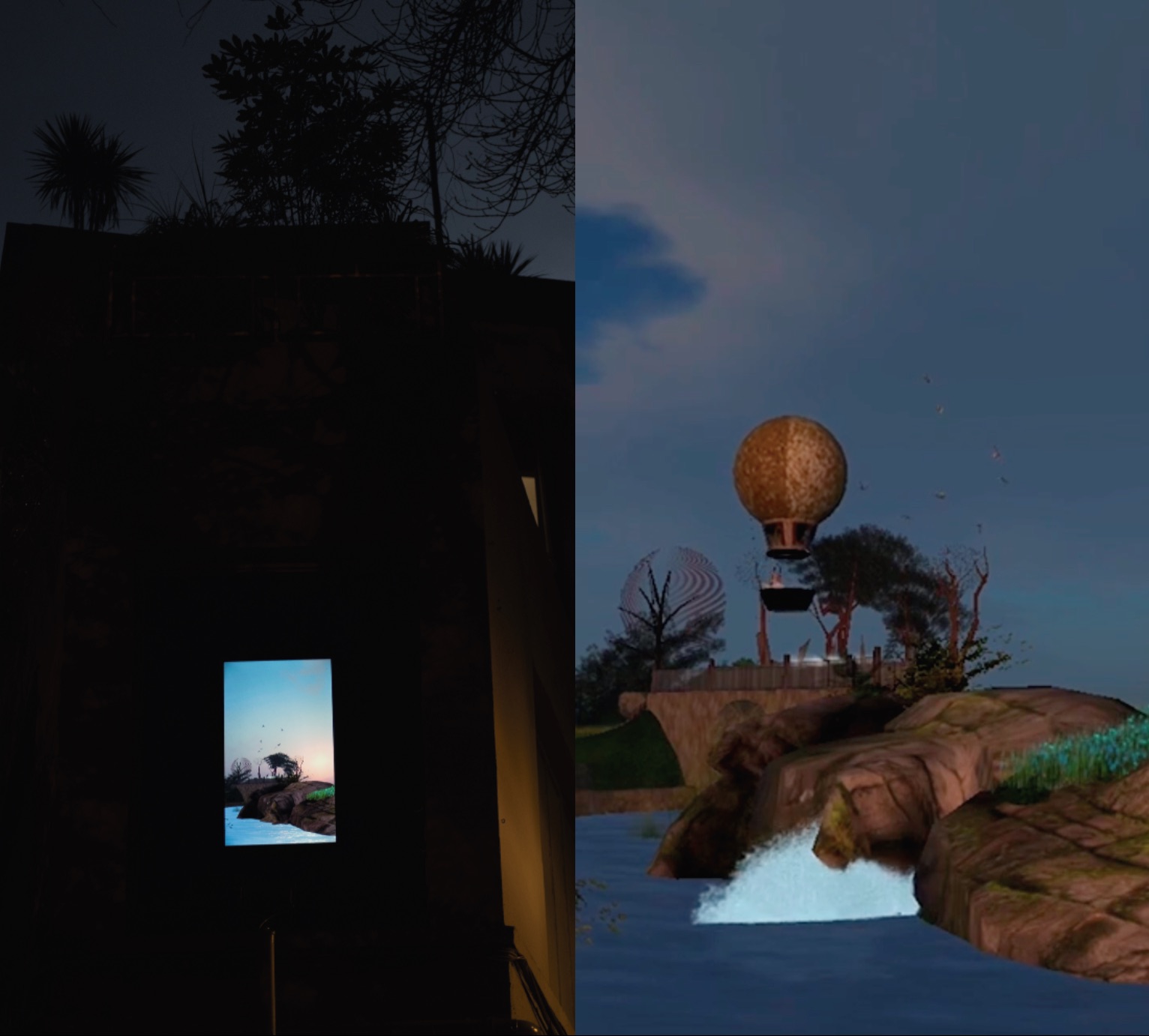
Another factor that I think should not be neglected is the creation of a dialogue between different generations, in which one can see where we come from, the path that has been traveled, and where we are going. The festival features works that explore our ways of interacting in society, as in works by Luis Camnitzer, Laura Anderson Barbata, Les Egusquiza, Maya Ben David, Ingo Niermann, and Keren Cytter; how we have been defined by information technologies, as in works by UBERMORGEN, Miltos Manetas, Joseph Nechvatal, Nora Renaud, Gurrumata, and Santiago Muedano; as well as our relationships with metaphysics and transmutations, as in the cases of Ana Montiel, JP Vidal, Ismael Merla, and Nelson Hernández.
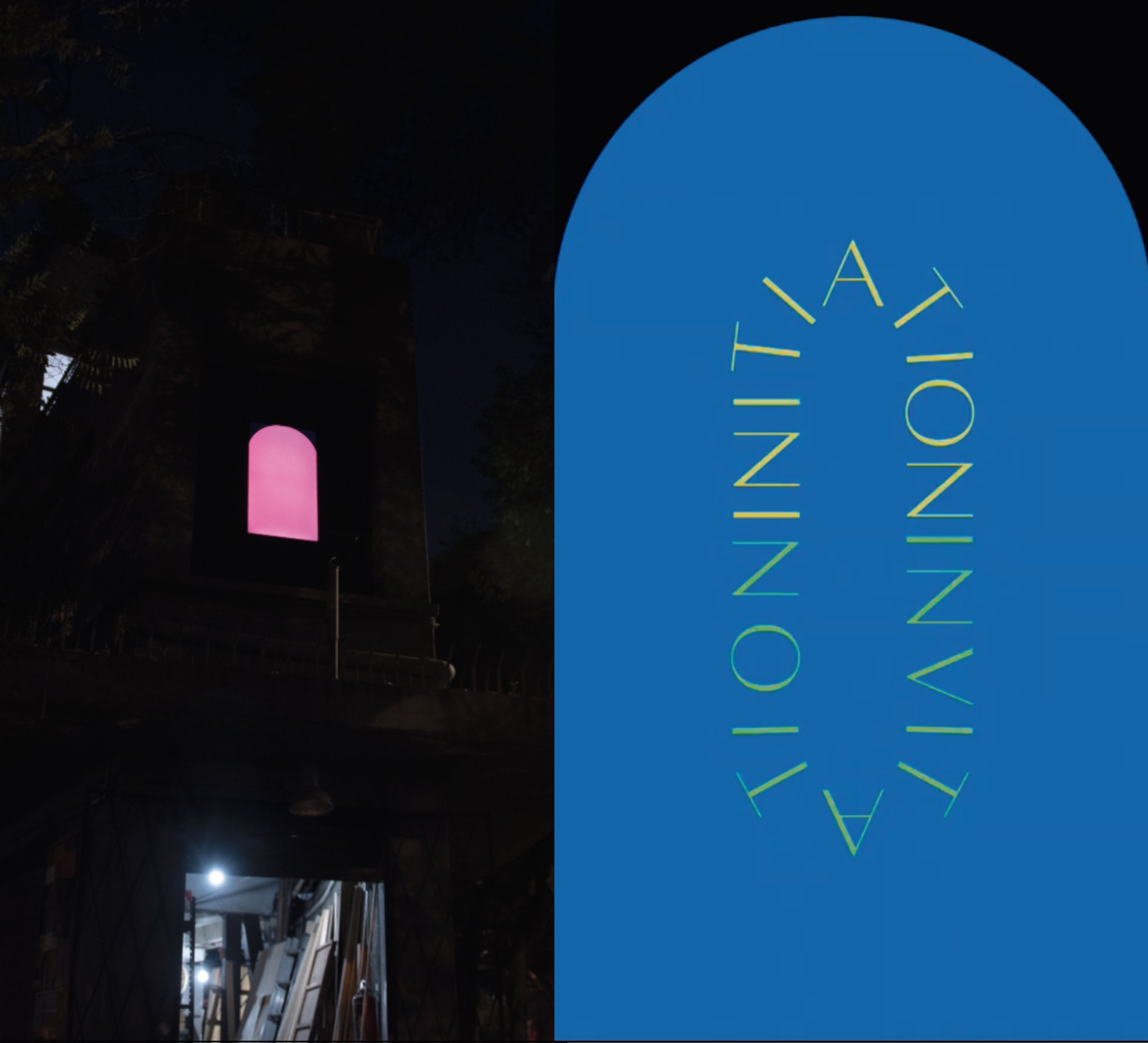
Seeking multiple authorship is the key to achieving an autopoietic thought and development, something that occurs on a human, not technological, level. I believe that life and art try to clear obstacles in order to facilitate the present and the future, as well as to find and promote new ways of making. While living in a moment of transition, in addition to questioning how spaces should adapt to the needs and problems we see in the present and in the future, it is worth asking how art should occupy public space and how we can counteract the arrogance of imposing a monumental work on millions of people. In all cases, the process is what defines the result. I think the solution is in the architecture: we should not create works but rather build spaces. How can we create impermanent or changing structures, such as those envisioned by Cedric Price, Lebbeus Woods, and Archigram, ones that can replace the monuments that only cause us weariness? We live in a cyberpunk present, and it’s time to exploit it.
This project would not have been possible without the unconditional support of all the participants, their studios and galleries, nor without the support, work, and ideas of Aldo Chaparro, Alejandro Romero, Lilia Casillas, Diego Jiménez, Alejandro Hernández, Vania Rivera, Carlos Baeza, and Juan Arana.
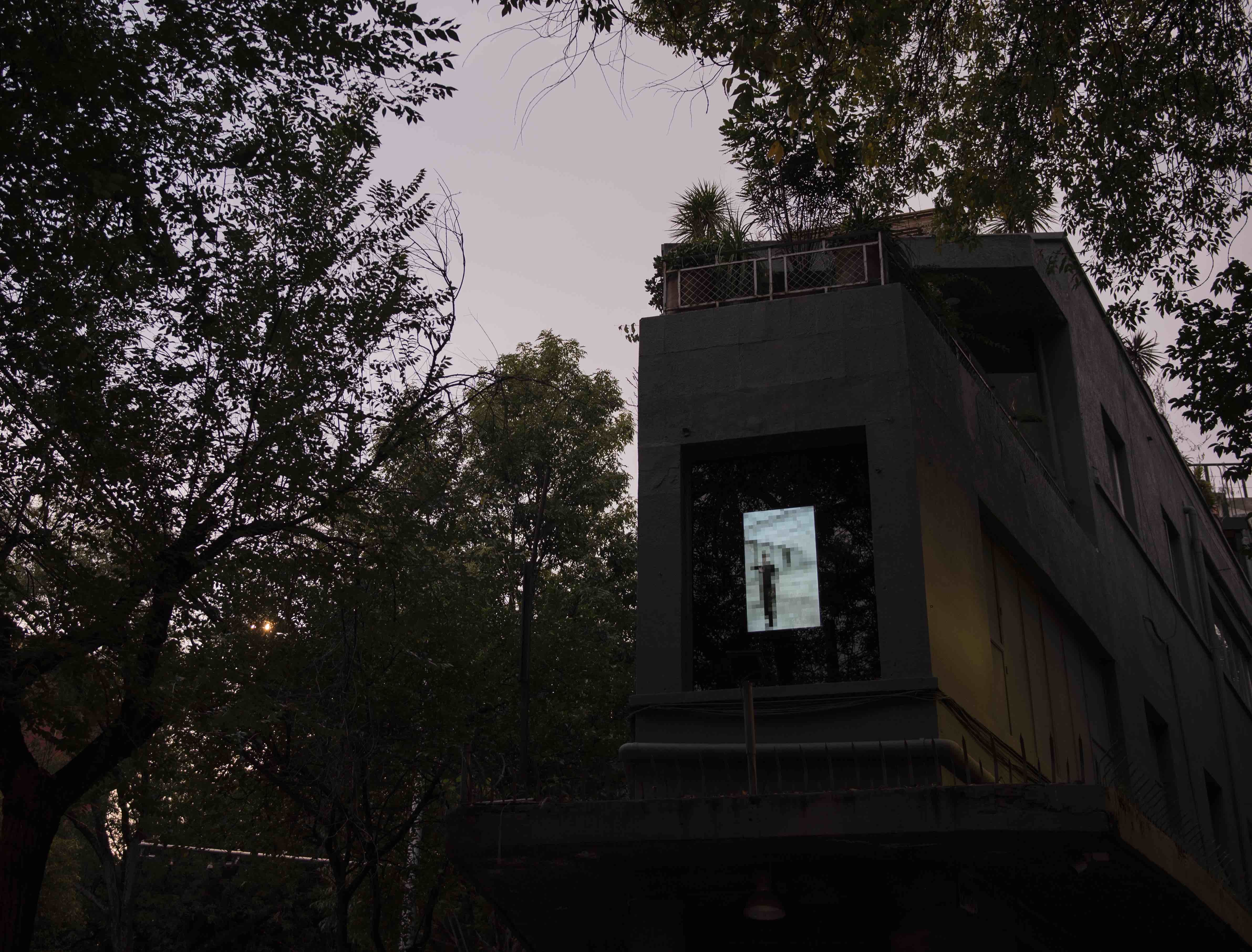
*1: Oficina de Luz is a project directed by Lilia Casillas, Alonso Cedillo, and Abril González that works in different sectors of the art environment in order to facilitate the coexistence and movement of works and artistic projects.
*2: Aparador Cuchilla is an exhibition space visible from the corner of Cozumel and Avenida Sonora, part of Aldo Chaparro Studio. It has presented projects curated by Aldo Chaparro, Alejandro Romero, and Alonso Cedillo, as well as works by Tezontle, Enrique Giner, Glwadys Alonzo, Marco Rountree, Jimena Montemayor, Pablo Dávila, Francesco Pedraglio, and Francoise Boucher.
3*: The works comprising this selection are being transmitted individually and continuously in periods of seven days and over 24 weeks (from July 20, 2020 to January 17, 2021). See here for more info.
*4: On artificial Intelligence and the control of COVID-19, see https://www.coe.int/en/web/artificial-intelligence/ai-covid19
*5: BlueDot is a Canadian company that uses artificial intelligence to find effective and low-cost treatments: https://www.cnbc.com/2020/03/03/bluedot-used-artificial-intelligence-to-predict-coronavirus-spread.html
*6: A hawaladar is the operator of a node within a Hawala network. This is an old Arabic system for transferring money virtually, canceling balances using only accounting records. Western Union, MoneyGram, and Google Wallet work under a similar scheme.
*7: The Nimda Foundation is a part of Nimda Corporation, an alternate reality game by Alonso Cedillo.
Alonso Cedillo (born in 1988) confronts the legacies of extractivism, corruption, exploitation, and telecommunications in Latin Amerca. Using painting, 3D printing, digital media, and information technologies, he explores decolonial methods, alternate reality games (ARG), and communitarian economies, from a post-internet and post-humanist approach, emphasizing the economic and social aspects of the internet. His works portray persons who make a living from their online activity, as well as virtual reality landscapes, cell phone photos, computer-generated images, and leaked files.
His work has been featured at donaufestival in Krems, Austria; Transitio_MX in Mexico City; the NRMAL festival in Monterrey; and the Museo Autoservicio in Mexico City. In addition, his work belongs to the permanent collections of the Museo de Arte de Sinaloa, the Museo Fernando García Ponce, and the Museo de la Cancillería. It also belongs to private collections in Mexico, the U.S., Colombia, Argentina, Austria, and the United Arab Emirates.
Cover picture: Fuego luego existo, Ismael Merla, Festival del Silencio, Aparador Cuchilla Mexico, 2020. Photo: Alonso Cedillo
Published on December 17 2020